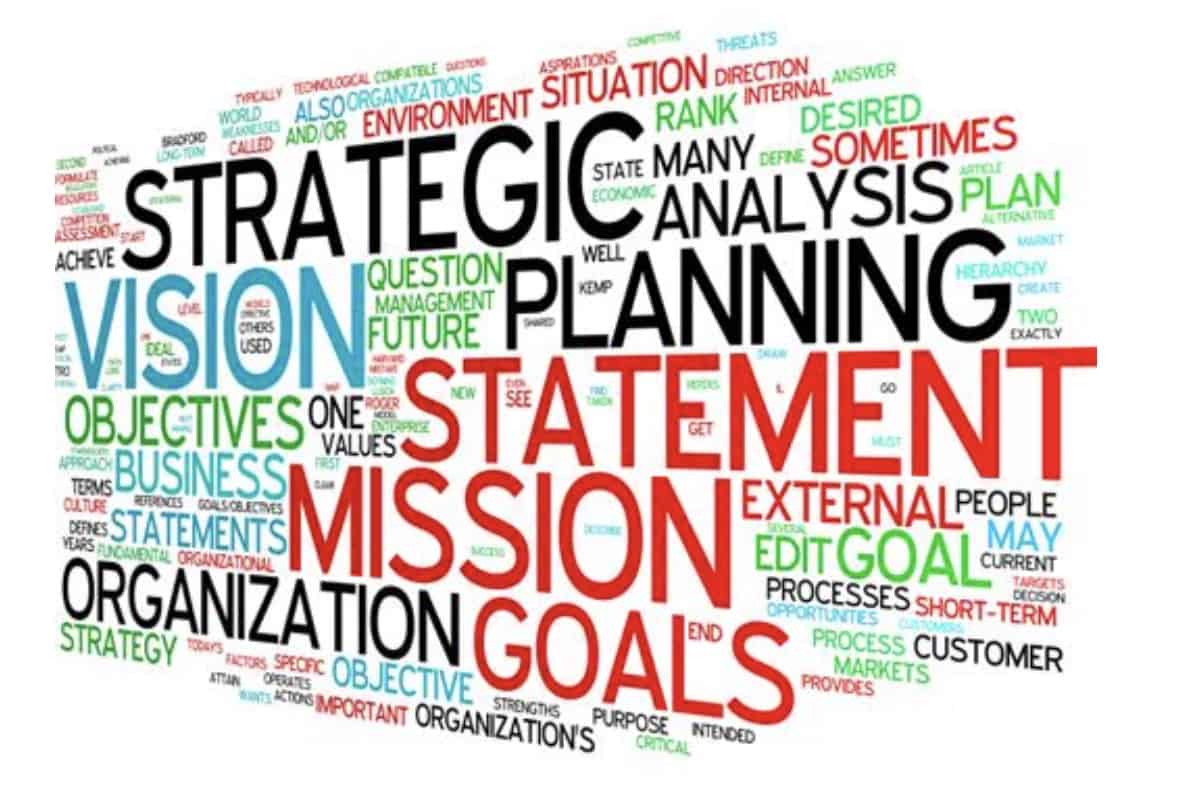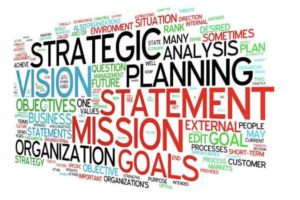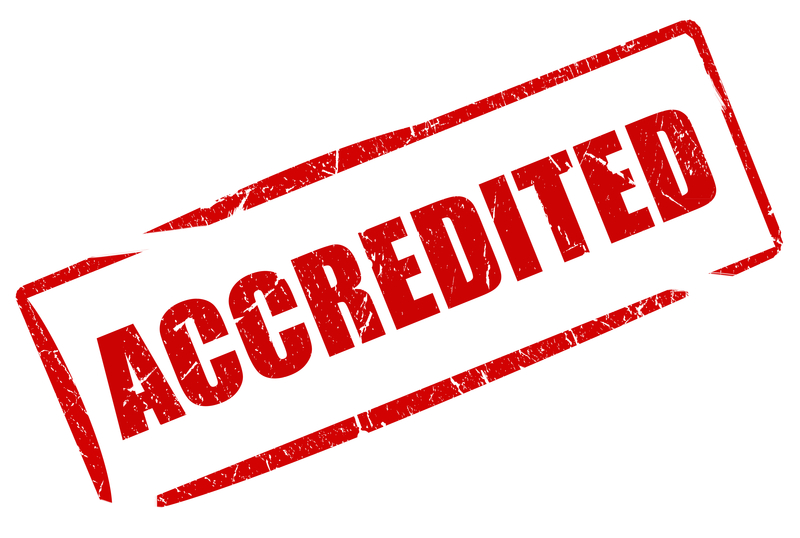The Certified Community Behavioral Health Clinic (CCBHC) model has seen rapid uptake in the last decade because it improves the quality of life for individuals with behavioral health needs. It does this by improving community-based access to behavioral healthcare, regardless of an individual’s ability to pay, which is important. Studies have shown that, in the U.S., one in five adults have a mental illness, but fewer than half received treatment in the past year. In addition, individuals with behavioral health needs often have poor physical health outcomes due to a lack of physical health care access, so the CCBHC model integrates and coordinates physical health services for this population. In order to meet this mission, CCBHCs receive enhanced Medicaid funding that allows them to provide more services as well as services that are not always reimbursed, like community outreach and partnerships.
In 2002, eight community mental health clinics formed the first CCBHC pilot. The number of CCBHCs has now grown to over 400 operating in 40 states. More states are considering adopting this model now that the program has gone nationwide. “Certified Community Behavioral Health Clinics help connect Americans to easy-to-access, comprehensive mental health and substance use disorder treatment and supports in their own communities,” said Miriam E. Delphin-Rittmon, Ph.D., the U.S. Health and Human Services Assistant Secretary for Mental Health and Substance Use and the leader of SMAHSA.
But becoming a CCBHC can be complex. Agencies may need to expand services and hours, hire staff, and determine how and where to integrate physical health care into their operations so they have the capabilities they need to meet the qualifications. CCBHCs are nonprofit organizations or units of a local government behavioral health authority, including tribal government. They must directly provide (or contract with partner organizations to provide) nine types of services, with an emphasis on the provision of 24-hour crisis care and substance use disorder treatment, use of evidence-based practices, care coordination with local primary care and hospital partners, and integration with physical health care.
Some of the key expectations for certified community behavioral health clinics are closely aligned with the accreditation requirements of the national accrediting bodies. These include:
- Advancing integration of behavioral and physical health care
- Coordination of care, treatment and services through care coordination/case management
- Delivering services based on individualized plan of care/treatment by well-trained, competent staff who match culturally/linguistically to the population(s) served
- Providing patient-centered, trauma-informed, recovery-oriented best practices in their care, treatment and services
- Enhancing quality to improve outcomes for individuals served
- Collecting, reporting, and tracking data
- Continuous quality improvement.
Because national accreditation requirements contain standards of care for addressing these same CCBHC criteria, achieving and maintaining accreditation with Accreditation Association for Ambulatory Health Care (AAAHC) CARF International (CARF), Council on Accreditation (COA), or the The Joint Commission can provide a solid foundation for a behavioral health care clinic’s journey as a CCBHC. Through compliance with accreditation requirements, organizations will have a roadmap to follow for addressing many key CCBHC components. These areas are then assessed by surveyors/reviewers during on-site or virtual site visits, providing validation of good practices and potential feedback that can generate further enhancements.
Recognizing this solid foundation, SAMHSA encourages accreditation for a CCBHC by an appropriate, nationally recognized organization such as AAHC, CARF, COA, or The Joint Commission. SAMHSA’s intent for a CCBHC is to improve access to and quality of mental health and addiction care, treatment and services for all persons in need. This intent is reflected in the mission of each of the national accrediting bodies: AAAHC, CARF, COA, and The Joint Commission.
Accreditation Guru has experts who can provide consulting to assist organizations throughout the CCBHC accreditation/reaccreditation process. Recently, AG was proud to partner with BestSelf Behavioral Health, a CCBHC, in their achievement of accreditation through COA. BestSelf provides outpatient, integrated behavioral and physical health care using evidence-based practices. Its programs and services include education and vocational supports, mobile mental health and substance use disorder services, homeless outreach and housing, community and school-based programs, and coordination with law enforcement and medical, mental health and child protection professionals. “COA accreditation has allowed BestSelf to focus on quality and maintain best practices as well as operate our Opioid Treatment Program,” says Rebecca S. Steffen LCSW-R, Vice President of Quality Improvement & Accreditation.
We would love to discuss your clinic’s accreditation needs, click here to contact us.
- The National Council for Mental Wellbeing, CCBHC Success Center, 2021 Impact Report, https://www.thenationalcouncil.org/wp-content/uploads/2021/08/2021-CCBHC-Impact-Report.pdf?daf=375ateTbd56 (October, 2021)
- National Alliance on Mental Illness, Certified Community Behavioral Health Clinics, https://www.nami.org/Advocacy/Policy-Priorities/Improving-Health/Certified-Community-Behavioral-Health-Clinics (October, 2021)
- The National Council for Mental Wellbeing, CCBHC Success Center CCBHC Overview, Success Center, CCBHC Overview, https://www.thenationalcouncil.org/ccbhc-success-center/ccbhcta-overview (October, 2021)
- Substance Abuse and Mental Health Services Administration, Criteria for the Demonstration Program to Improve Community Mental Health Centers and to Establish Certified Community Behavioral Health Clinics https://www.samhsa.gov/sites/default/files/programs_campaigns/ccbhc-criteria.pdf (October, 2021)
For more information or questions about the contents of this article, please write or call Jennifer Flowers @ Jennifer@AccreditationGuru.com / 212.209.0240. This post contains original content and was written for Accreditation Guru, Inc. Use of this copy is permitted with credit and reference within the same body of copy to Accreditation Guru, Inc.













